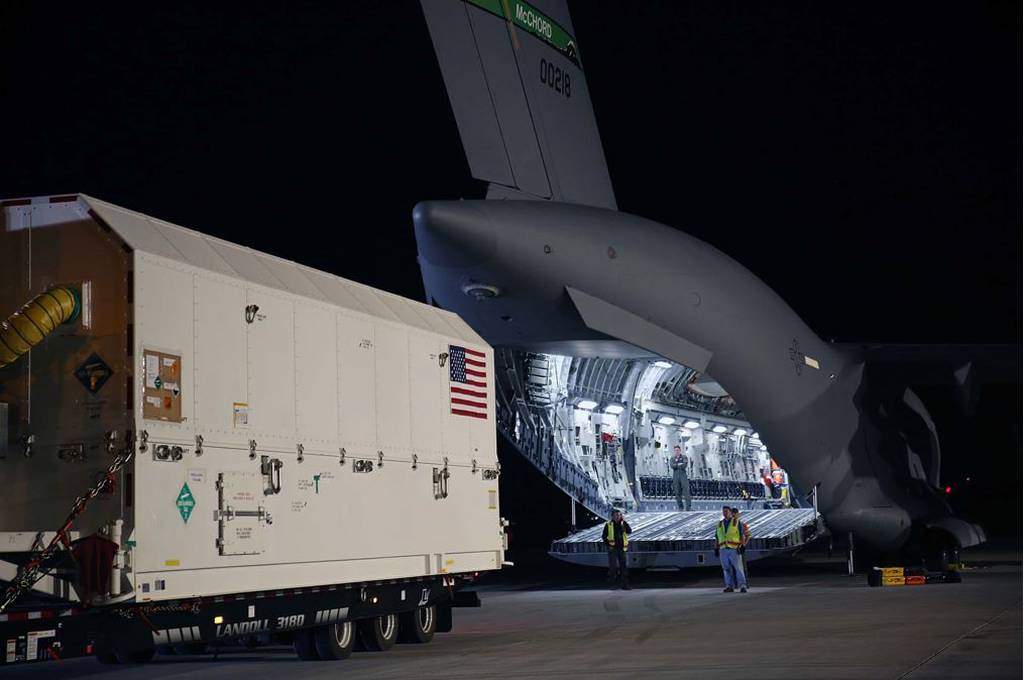Industry leaders and government officials warn position, navigation and timing services are increasingly under attack, including through a method that allows adversaries to manipulate computers that use GPS.
During a panel at the annual Satellite conference May 7, industry leaders and government officials pointed to various threats facing GPS and what needs to be done to protect those services. Spoofing and hacking have become a primary concern for GPS government leaders this year.
“At this point in 2019, we understand there are jamming threats that can overpower the receiver. That’s always been a known threat,†said James Miller, executive director of the National Space-Based PNT Advisory Board. “Then there’s spoofing — a little bit more complicated — where you can actually misguide or take someone off their route and they won’t even be aware of it. And finally, we’re being faced with a type of hacking, or smart spoofing, where some of the computer systems that run on GPS are actually manipulated.â€
For less than $100, an adversary can purchase the necessary equipment to interfere with or mimic GPS signals. As GPS has become essentially ubiquitous in modern technology, from satellites to personal cell phones, the danger of such an attack has grown and become a greater concern for military leaders.
“(GPS) has become an economic powerhouse. I don’t think when folks were coming up with this system they could have envisioned things like ride-hailing apps, power system timing,†said Jonathon Caldwell, vice president for navigation systems and GPS III program manager at Lockheed Martin. Lockheed Martin is the prime contractor on the Air Force’s GPS III program. “Just the agricultural impact in the US alone has been quite staggering.â€
In April, the Department of Homeland Security listed PNT among its national critical functions — operations that are so important that interference would wreak havoc on the country’s security, public health, or economic security.
The panelists called for new technology to be made more robust through various authentication methods that can verify the data provided by GPS. The existence of the more robust M-Code and the proliferation of technology that can use it makes GPS more robust for military users. However, panelists said using diverse PNT methods on a platform can greatly increase its resiliency to GPS-related attacks.
Just as pilots don’t rely solely on GPS in navigating, neither should the anyone rely exclusively on satellites, suggested Miller.
Several technologies exist to validate GPS data. Radiometric tracking, inertial measurement units and star tracking are all methods that satellites can use to verify the information they’re receiving from GPS is accurate. Ensuring that satellite technology is equipped with multiple modes of PNT that guard against each other’s vulnerabilities is essential to combating threats. the Pentagon has been studying many of these ideas. In March, the leader of the Army’s team dedicated to ensuring forces have reliable location data on future battlefields said the service now has a requirement for a mounted device that would provide positioning, navigation and timing.
Beyond authentication, manufacturers need to ensure that the receivers they build maintain a minimum level of security that can guard against some threats, argued James Platt, director of the PNT office at the Department of Homeland Security.
“What we’re looking for in DHS is to build in some resilience and add some basic tenets that we’re stealing from the cybersecurity arena,†said Platt.
Platt said that the department is pursuing a components framework to ensure that receivers provided by manufacturers comply with a certain security standard.
“With all of the benefits comes vulnerability, and we need to be able to mitigate them,†Miller said. “There is only one GPS, and it’s my opinion that we should project.â€
Nathan Strout covers space, unmanned and intelligence systems for C4ISRNET.








